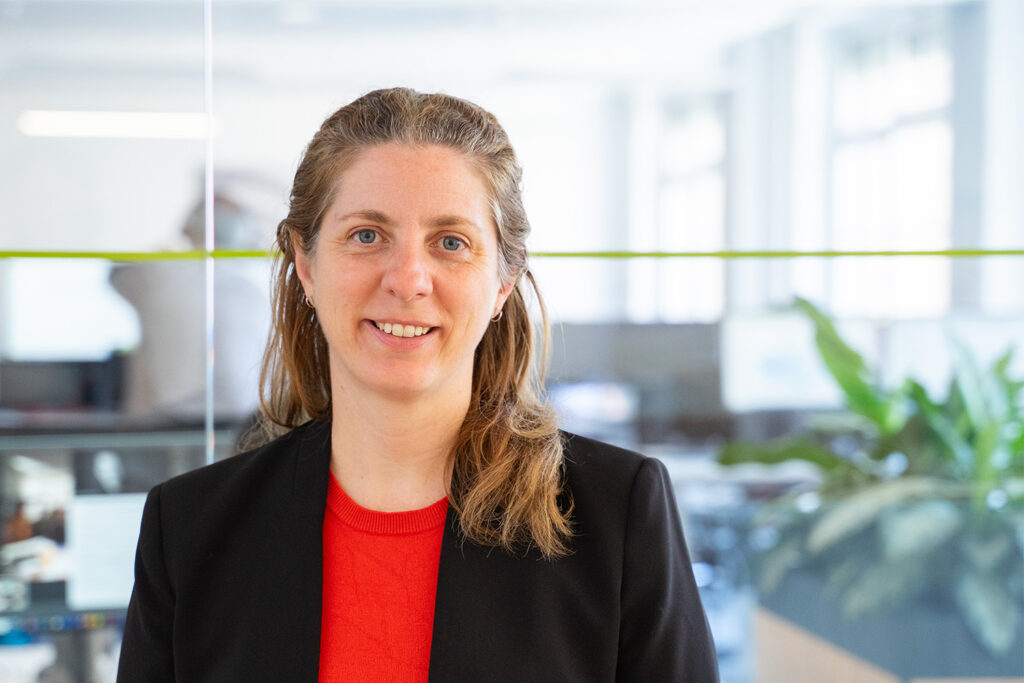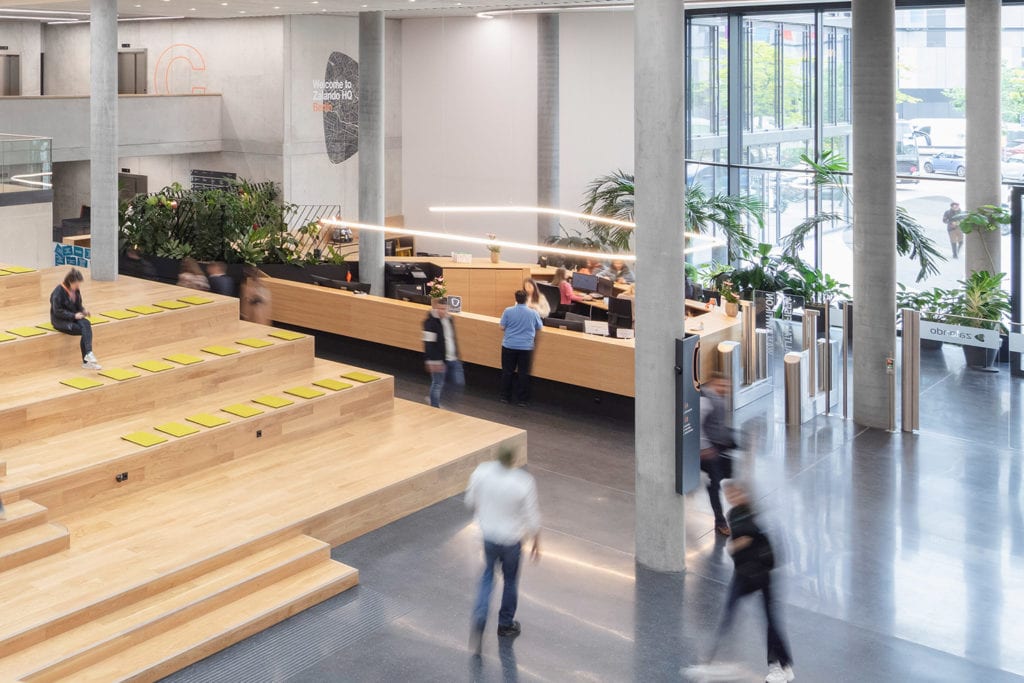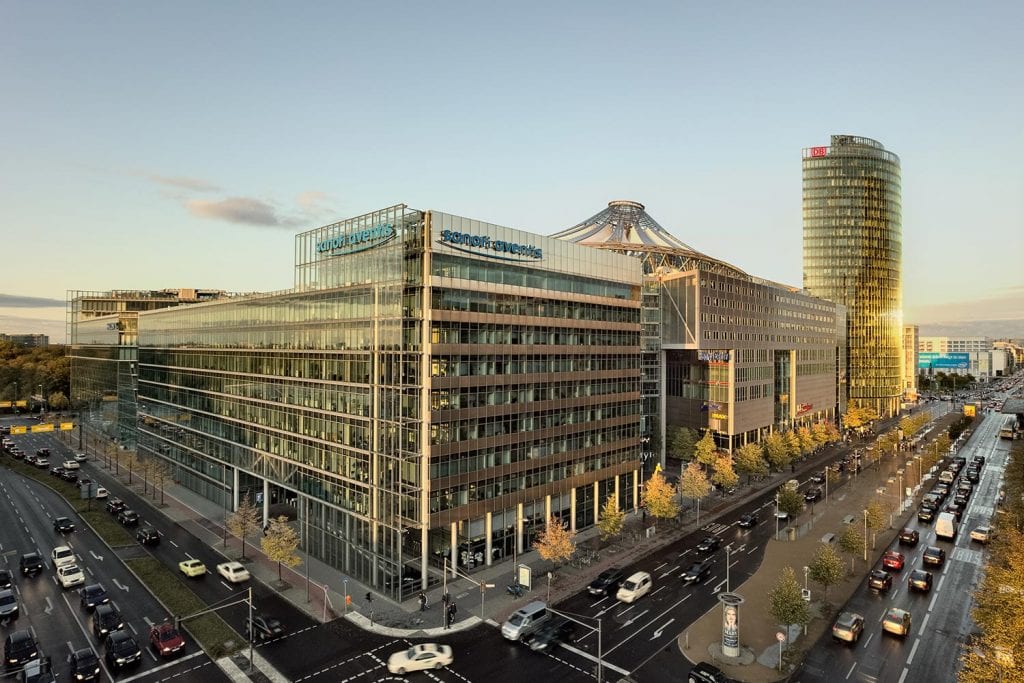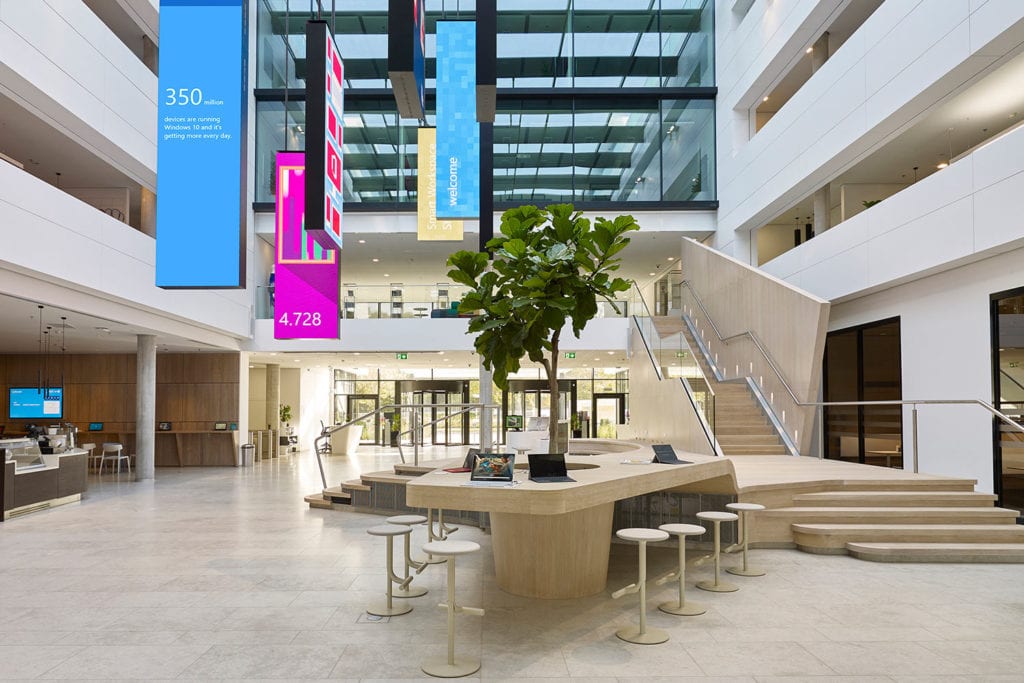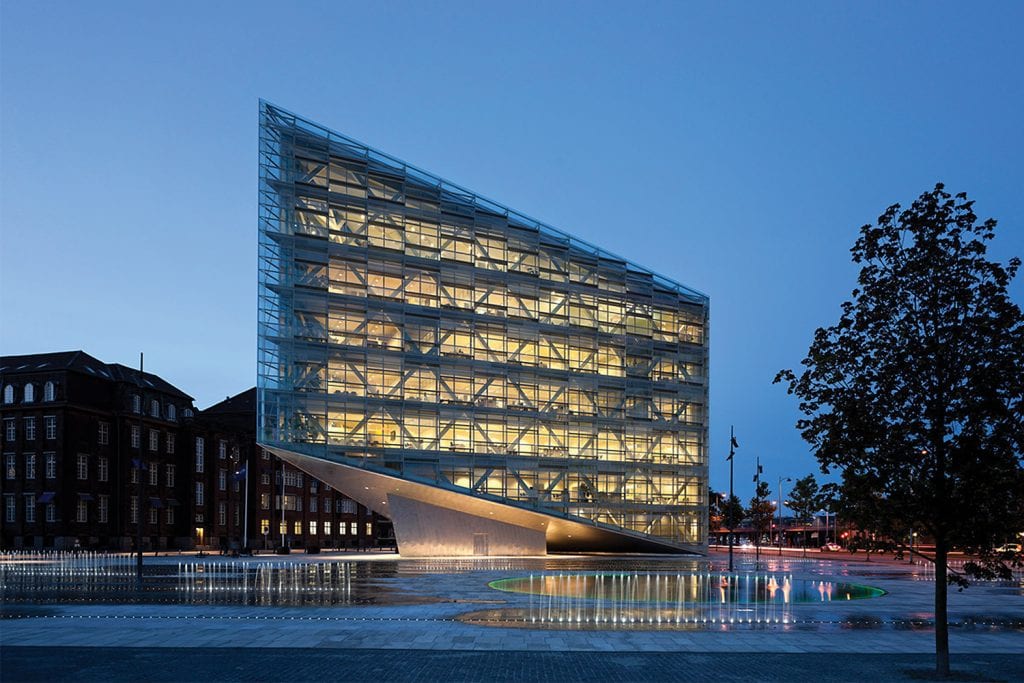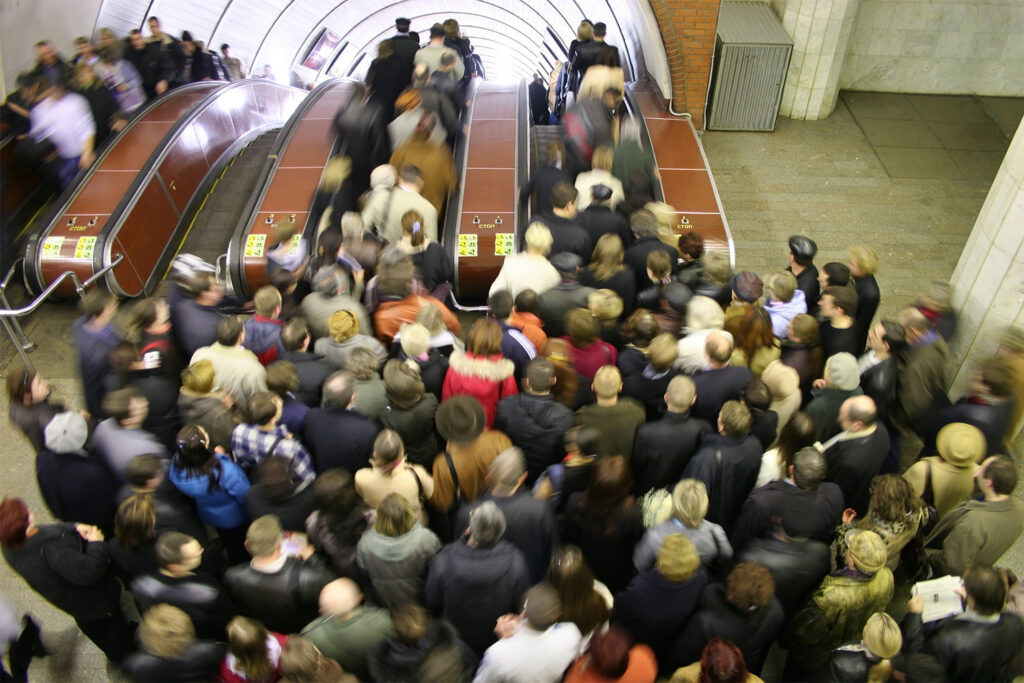Climate responsive envelope design: what is it and why it matters
Aikaterini Doulkari, Paula Longato, Anke Rollenhagen, Nicholas Trowles work in an integrated team of facade engineers, lighting designers and sustainability consultants in our Berlin office.
They combine their expertise to deliver energy efficient design solutions that focus on the building envelope and user wellbeing. We had a chat with them to learn more about their approach to climate responsive design.
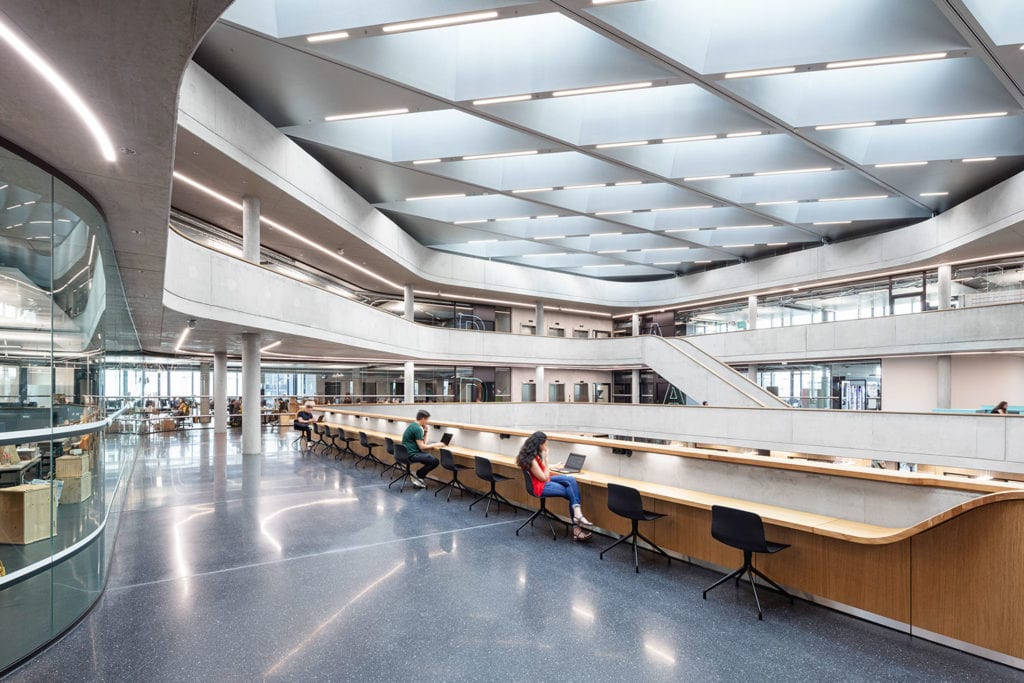
What is the idea behind climate responsive envelope design?
Paula: We spend around 90% of our awake time indoors, in a variety of buildings. Thereby we increasingly miss the connection to nature and the natural triggers, to which our bodies are aligned. We help to create buildings that holistically support human activities.
Anke: The envelope of a building plays an important role. We aim to realise climate responsive envelopes, which is for us an envelope that works with the elements of nature, touches the Earth lightly and at the same time achieves an experience of greater productivity and improved wellbeing for the user. It takes several pieces of a puzzle – an envelope design today should react to and build upon the natural forces of wind, water, natural light and earth.
Paula: Our approach to a climate responsive design takes not only the architectural intention into consideration but also the natural environment in which the building is inserted. Different locations can offer different design strategies for the planning team.

What is the main task of the team when considering a climate responsive design approach?
Nicholas: While the energy performance of a building is one of the main tasks a design team must tackle, we mustn’t forget that buildings have the purpose of serving people and people’s activities – however, not at the expense of the environment.
Paula: Absolutely. The provision of abundant daylight as well as fresh air and water is in the basics of each design. Achieving the optimal balance to satisfy human needs on one hand and keeping energy consumption low on the other hand is our goal, it’s the sweet spot in our design.
Nicholas: We closely look at locally available natural energy sources and maximise their use to the design’s favour. Whether it is using the outside air for natural ventilation and free cooling, utilising waste or geothermal heat to offset heat losses, or generating electricity from the sun’s energy. We also need to make sure that the building’s design takes advantage of these.
Why is the envelope of the building so important?
Anke: The envelope of a building is like our skin – it protects us from harm, but it also interacts with the environment, allowing energy exchange and transformation. So it’s a key element to look at when we talk about both energy efficiency and user wellbeing, and it requires an integrated multidisciplinary approach. Embracing nature and its elements is a core design principle of the team. This graphic shows, how the natural elements are considered in the envelope design as a whole.
